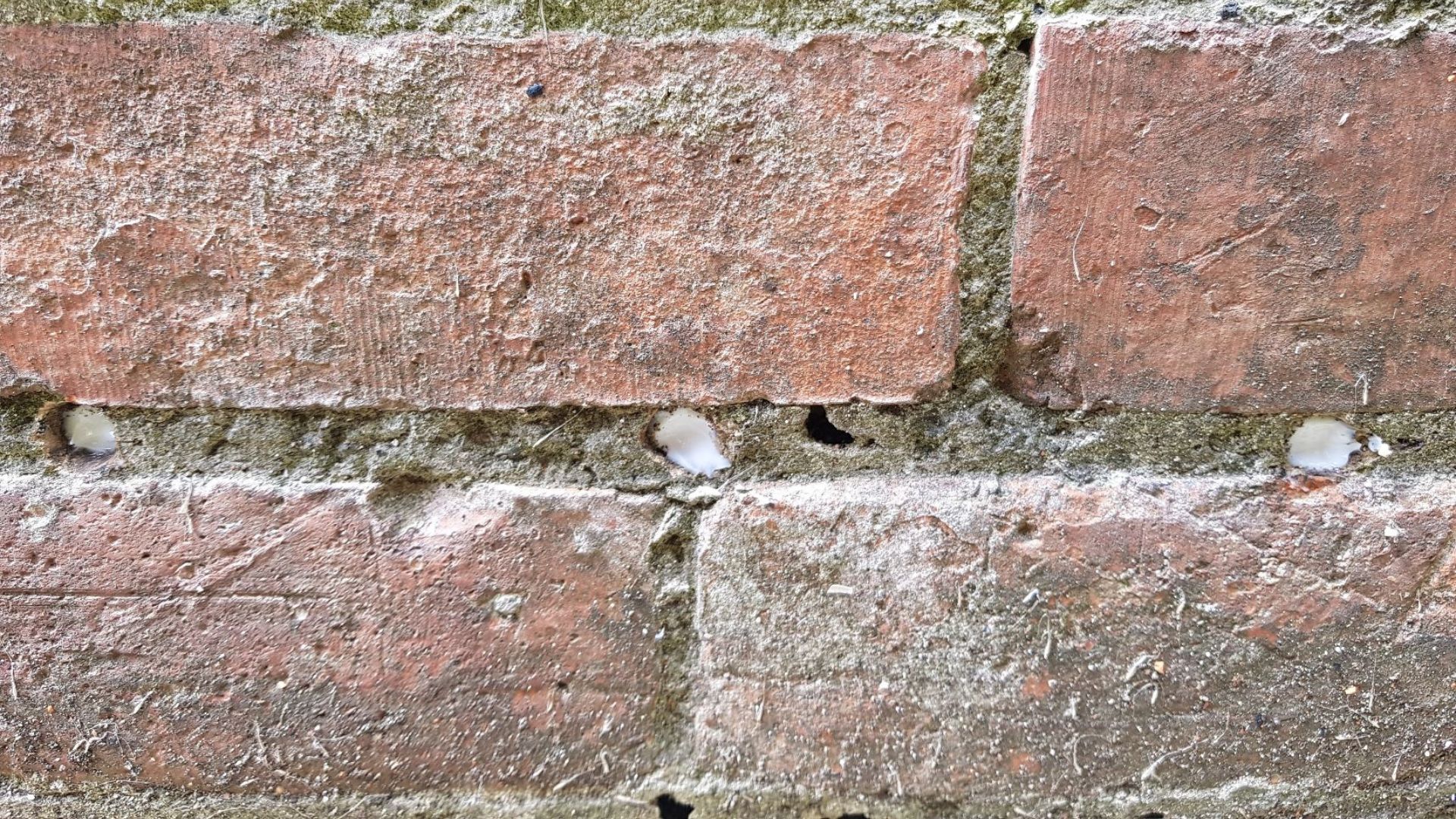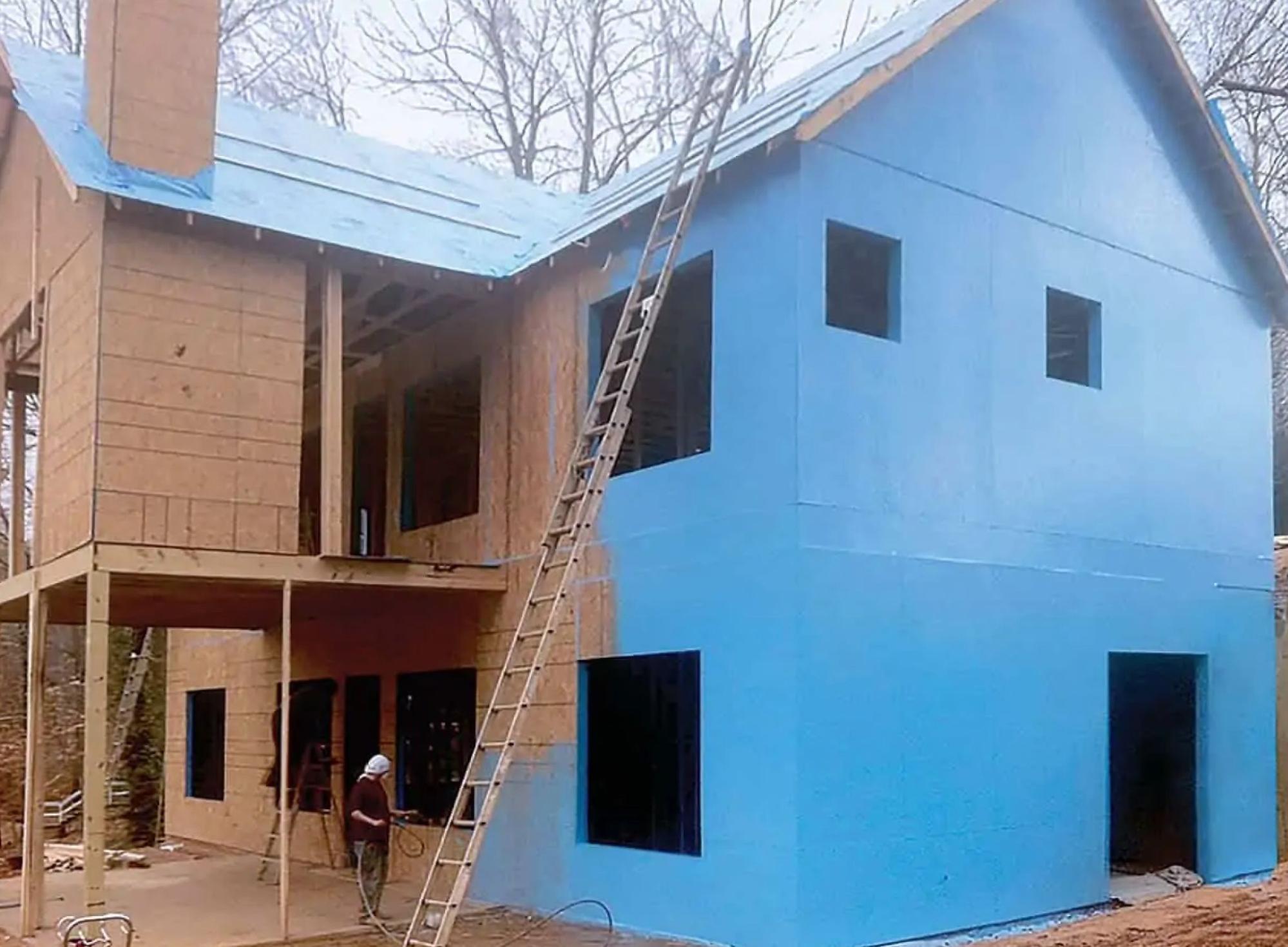Is it time for a professional moisture assessment? Find out with damp proofing newcastle
Discovering the Numerous Strategies and Solutions for Effective Damp Proofing
Moisture in buildings presents substantial challenges to both structural integrity and interior air top quality. Different techniques and remedies have arised to fight this pervasive concern. From conventional damp-proof membranes to innovative chemical treatments, each technique supplies unique advantages. Comprehending these choices is essential for reliable dampness control. Selecting the ideal remedy depends on specific structure problems and requirements, motivating more exploration right into the most effective moist proofing methods readily available.
Recognizing the Root Causes Of Wetness
Dampness can develop from different sources, comprehending these reasons is crucial for efficient remediation. Generally, wetness stems from three key resources: climbing moist, permeating damp, and condensation. Rising wet occurs when groundwater travels up-wards through porous materials, such as block or stone, usually due to an absence of an efficient obstacle (mould removal newcastle). Penetrating damp is typically caused by outside variables, consisting of roof covering leaks, malfunctioning rain gutters, or harmed walls, allowing water to infiltrate a building. Condensation, on the various other hand, arises from excess dampness airborne, commonly exacerbated by poor air flow and temperature level distinctions, bring about water beads forming on surfaces. Determining these underlying issues is important, as each sort of wetness requires a tailored technique for removal. Appropriate assessment aids in identifying one of the most effective options, eventually safeguarding the structural stability of a structure and boosting indoor air quality
Traditional Damp-Proof Membranes

Chemical Damp-Proofing Solutions
Chemical damp-proofing options supply an innovative approach to avoid wetness invasion in structures. These techniques usually entail the application of liquid chemicals that penetrate stonework and develop an obstacle against climbing moist. Frequently made use of chemicals consist of silanes, siloxanes, and other water-repellent agents that react with surface area materials to create a hydrophobic layer.The application process generally requires boring openings right into the wall surfaces, infusing the chemical solution, and allowing it to treat. This approach is especially beneficial for older structures where conventional damp-proof membranes might be unwise. Additionally, chemical damp-proofing can be less turbulent and more cost-effective than substantial improvement projects.While reliable, these options rely on correct application and ecological conditions for peak performance. Regular upkeep and tracking are vital to guarantee the longevity of the damp-proofing therapy. Generally, chemical damp-proofing represents a versatile option for safeguarding structures versus moisture-related damages
Tooth Cavity Wall Construction Methods
Tooth cavity wall surface building and construction techniques use various advantages, especially in moisture control and energy efficiency. By incorporating an air space in between 2 layers of masonry, these walls successfully minimize water ingress while boosting insulation. This mix not just shields frameworks from moisture yet likewise adds to lowered energy usage.
Advantages of Dental Caries Walls
When taking into consideration efficient damp proofing methods, the advantages of dental caries walls stand apart prominently. Cavity walls include 2 separate layers, creating an air gap that efficiently lowers dampness infiltration. This design minimizes the threat of moisture, as the outer wall surface works as an obstacle against rain and water access. In addition, tooth cavity walls enhance thermal insulation, which adds to energy performance by lowering heat loss. They likewise offer sound insulation, aiding to produce a quieter indoor setting. Moreover, the air space permits air flow, which aids in wetness control and lowers the probability of mold and mildew development. These advantages not only boost the total convenience of a building yet additionally contribute to its durability and structural honesty.
Wetness Control Techniques
Reliable wetness control methods are essential in cavity wall surface construction to ensure long-lasting protection against moisture. One key method includes the unification of weep openings, which promote water drain from the cavity, preventing accumulation. In addition, the use of breathable membranes can aid handle wetness degrees while enabling caught vapor to escape. Appropriate placement of insulation is also essential, as it must not block drainage paths. Additionally, ensuring that the outer fallen leaves of the dental caries wall surface are constructed with water-resistant products enhances general longevity. Routine upkeep checks are important to recognize any clogs or damages early, safeguarding the framework's integrity. Eventually, a combination of these methods creates a durable defense against moisture intrusion in cavity walls.
Insulation and Power Efficiency
Insulation plays an essential duty in improving energy performance within tooth cavity wall surface construction. By incorporating shielding products, these wall surfaces develop a thermal barrier that reduces heat loss and minimizes energy consumption. Reliable insulation not only assists keep a steady indoor temperature but additionally mitigates the threat of wetness, as it avoids condensation within the wall surface tooth cavity. Different strategies, such as making use of inflexible foam boards or mineral woollen, can be employed to accomplish excellent insulation performance. Additionally, appropriate installation is necessary to ensure that spaces and gaps are minimized, which can or else endanger power effectiveness. Eventually, a well-insulated tooth cavity wall surface adds considerably to total sustainability and reduces heating and cooling prices for homeowners.
Outside Damp Proofing Approaches
Outside wet proofing techniques are necessary for shielding structures from moisture infiltration. Two efficient techniques include the application of waterproof membrane layers and the setup of French drains pipes. These services aid mitigate water accumulation and preserve the stability of structures.
Waterproof Membrane Application
While different approaches exist for protecting against wetness access, the application of water resistant membrane layers stays a very reliable external wet proofing technique. These membrane layers are typically made from materials such as polyethylene, rubber, or changed asphalt, giving a durable barrier versus water penetration. The installment procedure entails applying the membrane layer to the external surface areas of walls or structures, making sure complete insurance coverage to prevent leakages. Appropriate attachment and securing at joints are crucial to optimizing efficiency. Water resistant membranes can be used in numerous kinds, including liquid coatings and sheet membranes, allowing for flexibility based on the specific demands of the framework. This approach not only protects buildings from dampness but additionally enhances their durability and architectural honesty.
French Drain Setup
One reliable approach for taking care of groundwater and preventing dampness build-up around a building's foundation is the setup of a French drain. This drainage system contains a trench loaded with gravel and a perforated pipeline that redirects surface area water far from the structure. Proper setup calls for careful preparation, ensuring that the drainpipe inclines far from the structure to help with suitable water flow. In addition, the location of the drainpipe is crucial; it must be placed in locations prone to merging or excess wetness. Regular maintenance, including cleaning particles from the crushed rock and making certain the pipe continues to be unblocked, is necessary for lasting efficiency. Ultimately, a well-installed French drain can considerably decrease the risk of water-related problems in cellars and structures.
Interior Waterproofing Approaches
Inside waterproofing methods are vital for shielding a structure's inside from wetness infiltration and prospective water damages. These strategies typically involve the application of specialized products and methods designed to create a moisture barrier within the framework. One typical strategy is using water-proof layers or sealants on wall surfaces and floors, which prevent wetness from permeating surfaces.Additionally, installing interior drain systems, such as sump pumps, can efficiently handle water build-up in cellars and creep areas. Another technique includes making use of vapor barriers, which are set up to prevent wetness motion from the ground right into living spaces.Moreover, addressing any kind of fractures or voids in walls or structures with suitable sealers guarantees a complete defense against water breach. By carrying out these indoor read more waterproofing strategies, homeowner can considerably reduce the danger of mold and mildew development, structural damages, and other moisture-related issues. Appropriate implementation of these methods is important for long-term protection and building integrity.
Routine Upkeep and Inspection Practices
Routine maintenance and examination techniques are vital for assuring the lasting performance of moist proofing remedies in any kind of structure. Routine checks enable property owners to determine very early indicators of dampness breach, such as peeling paint, mold development, and moldy odors. These indicators can indicate underlying concerns that call for instant attention.Inspections ought to be performed at the very least every year, concentrating on susceptible areas like basements, creep rooms, and exterior walls. Throughout these analyses, homeowner need to analyze sealers, drain systems, and air flow to verify they operate correctly.Additionally, maintaining downspouts and seamless gutters is essential, as clogged up systems can cause water build-up near the foundation. Applying a regular maintenance schedule, together with prompt fixings, can considerably expand the life expectancy of moist proofing steps and secure the architectural honesty of the structure. Proactive actions ultimately add to the general health and wellness of the living environment.
Regularly Asked Questions
For How Long Does Damp Proofing Commonly Last?
The period of moist proofing performance varies, normally lasting in between 20 to 50 years. Variables such as application high quality, ecological problems, and maintenance techniques greatly influence the long life of the moist proofing therapy.

Can I Damp Evidence My Home Myself?
The specific pondered the expediency of DIY damp proofing. With appropriate research study and the appropriate products, it is feasible. Nevertheless, they additionally acknowledged the relevance of specialist assistance to assure long-lasting efficiency and avoid future problems.
What Are the Indications of Ineffective Damp Proofing?
Indicators of inefficient moist proofing consist of consistent mildewy odors, noticeable mold growth, peeling paint, damp spots on wall surfaces, and wood decay - damp specialist newcastle. Home owners need to resolve these issues without delay to avoid more damages and health and wellness worries
Does Damp Proofing Affect Indoor Air High Quality?

Just How Much Does Professional Damp Proofing Expense?
Expert damp proofing prices differ substantially, usually ranging from $1,000 to $5,000 relying on the home's size, the degree of the wet issue, and picked methods. Each circumstance calls for a customized analysis for exact prices. Commonly, wetness originates from three primary sources: climbing damp, passing through moist, and condensation. When considering reliable moist proofing techniques, the advantages of tooth cavity wall surfaces stand out prominently. Outside damp proofing methods are necessary for shielding structures from dampness seepage. While numerous methods exist for avoiding moisture ingress, the application of water-proof membrane layers continues to be an extremely reliable exterior damp proofing technique. Indications of inefficient damp proofing consist of persistent musty smells, noticeable mold and mildew development, peeling off paint, moist spots on wall surfaces, and wood decay.